Hello! This is my first travelogue here, and even though it is not a trailblazing one, (I read the excellent ones by @artofzen, @ramanak, and more recently by @Nilkilb2008. [Nikhil, I think we were there at the same time last year]), but for the true Ferrari fan, more is never a problem, and you will read why.
So, following a 7 day drive in a Skoda Fabia in Austria, the wife and I headed to Italy, and after a short stay at Venice, picked up a Fiat 500 and headed down south. After Bologna, Ferarra, Pisa, San Gimignano, Florence, Siena, Rome (and The Vatican), we headed out to Modena, on the way to Milan.
We had 8 days and the holiday had to have a mix of culture, history, driving around, food and a teeny bit of shopping, so could feature only one 'pit stop' if you know what I mean. So among the various brands, had to choose a day at one of the car towns. Any more and the wife would have got seriously bored looking at me slack-jawed at the beauties.
So Ferrari/Maranello it was.
Getting out of Rome is tough, because there are no signs that say Autostrada, so had to ask in English and sign language. Most locals that we met were insulated and haven't really traveled very far, so weren't sure of places or directions. Strange. Or as always, Europeans hate using English.
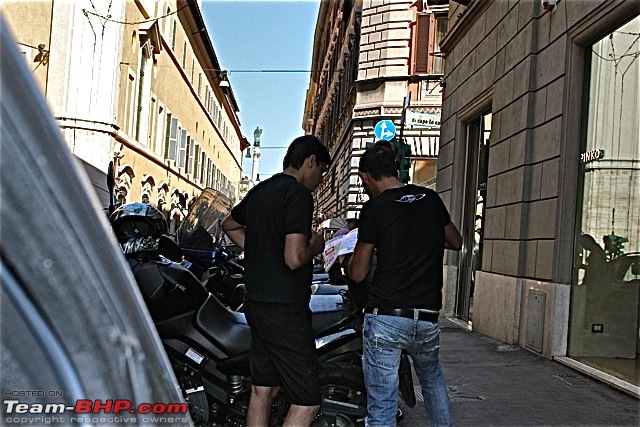 Asking for directions. It was pretty hopeless.
Asking for directions. It was pretty hopeless.
The Italian summer is very hot, 40C or more every day. So last August, being tourists, we were forced to roam around in the heat. The Italians, en-masse, had fled to cooler climes. And most cities and villages that we visited and passed by were practically deserted.
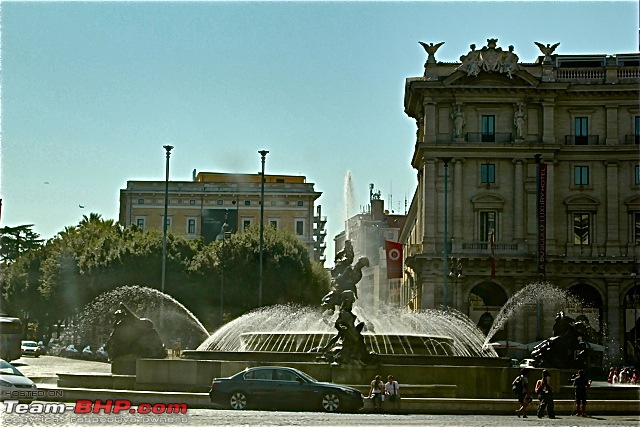
Famous fountain. Enticing in the heat.  Oranges growing on the streets of Rome. Ah, the pleasures of Summer.
Oranges growing on the streets of Rome. Ah, the pleasures of Summer.
 The Fiat 500 console. 39C and climbing.
The Fiat 500 console. 39C and climbing.
Another thing. Unlike Austria, the signage was not very clear. The Autostrada was excellent, but when you hit a town, it's a maze of old streets, no signage to 'Centrale'/'Zentrum' where we were staying. And no locals to ask either. Spoilt by the signage in Austria, didn't pick up the GPS device, only to rue it later.
 We soon found our way and hit the Autostrada.
We soon found our way and hit the Autostrada.
Anyway, I could have stayed in a barn, given the fact I was 30 minutes away from a place I had only dreamt of.
In my eight days, not counting the Maranello area, spotted just one Ferrari on the last day, as we were driving to Milan! And no other supercar. Shame.
 The streets were quiet. Everyone was on holiday.
The streets were quiet. Everyone was on holiday.
Booked a garish hotel in a quiet side street in Modena. (Note to self: never go by pictures put up on the internet).

The curt/sad receptionist was a 20 something girl left alone in Italy, by her Punjabi family. In spite of recognising that we were Indians, refused to speak in anything but Italian but the next day, got over her discomfort and finally opened up to the wife. There are a lot of Indian farmhands living in pitiful conditons all around. But that's another story.
 My disbelief mirrored here. I am actually at Modena?!
My disbelief mirrored here. I am actually at Modena?!  Apt lane to be staying in.
Apt lane to be staying in.  The Papal presence is noticeable everywhere, owning a lot of places all over.
The Papal presence is noticeable everywhere, owning a lot of places all over. 

 Interesting door knobs, actually if you notice them, all over Europe.
Interesting door knobs, actually if you notice them, all over Europe.
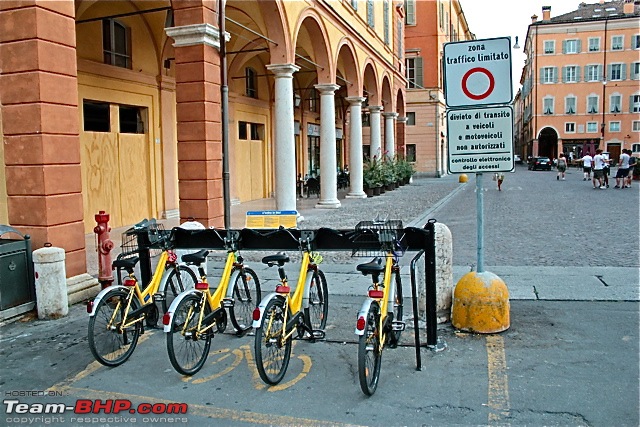 Cycles for hire.
Cycles for hire.
 Amazing food. Italy is made for Indian tourists, even if they are vegetarian.
Amazing food. Italy is made for Indian tourists, even if they are vegetarian.
 Quaffed a bit of the local stuff: a glass of Lambrusco, the region's speciality. And with it come cold cuts, olives, and fresh bread, free during happy hours.
Quaffed a bit of the local stuff: a glass of Lambrusco, the region's speciality. And with it come cold cuts, olives, and fresh bread, free during happy hours.  Fancy showing off your leaning tower? Undies can also make for a cool gift.
Fancy showing off your leaning tower? Undies can also make for a cool gift.
Okay, okay, coming to the point.
The next day, we left for Maranello, a half hour drive by car, and reached the unassuming little village that hosts the most famous marque in the world.

The Ferrari factory tour had to be booked in advance and was more than 4 hours long. So we decided to skip it (sacrilege?) and headed to the Museo Ferrari. (We had to reach Milan by evening, which was a good distance (3-4 hours) away and drop the car off at Europcar, the car rental company by 6.30pm and catch the train to Geneva. The next country in the itinerary.
Europcar, by the way are great, had no hassles, took my Indian driver's license and gave me brand new cars in both the countries. The next trip I am going to opt for a better car though, the Fiat 500 was a huge disappointment, if you overlook the cute factor.
Not suited for the cross country drive on the Autostrada. So spend a bit more and get something more than a 1.2 L engine. The Fabia was way better, with a similar sized engine.

At the Museo, we booked an English speaking guide to take us through the history and talk us through each Ferrari model on display. A cute English girl in Italy doing her Masters in Language and primarily here to learn Italian, and freelancing at the Museo to make some pocket money. But she was a fount of information, having been trained really well.

The Museo has two floors. A cafe, a trinkets and souvenirs section with the race cars on the ground floor. And the barely street-legal road cars on the first floor. Outside are the Drive a Ferrari / other super cars for about 80 Euros for 10 minutes. Or more time if you pay for it. I am going to keep the photographs as unique as possible, since a few have already been covered earlier.
 Everything is branded, red.
Everything is branded, red.
So after a meal at the cafe, and resisting the temptation to buy overpriced mugs and T-shirts, our tour started. Since there were no other English language visitors, it became a personal tour for the two of us.


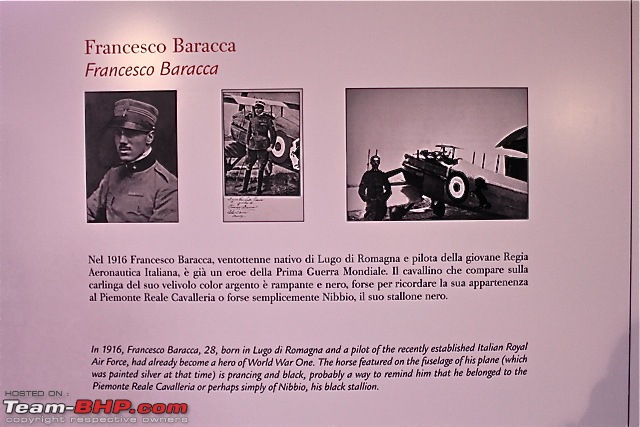

English girl, to us:

1. Enzo Ferrari always wrote with a specific Purple ink all his life. No other colour was acceptable.

2. Every country in those days was represented by a colour, British by the British racing green, German's by Silver, Italians by red and so forth, but the colour of Modena, the region they are located in, and therefore Ferrari is the amazing yellow that we have all seen.
3. After a couple of places, he came to work and race for Alfa Romeo.

4. He met his patron, Francesco Baracca (Italy's leading WWI ace) who used the prancing horse symbol. Francesco's mother allowed Enzo to use the symbol, which Enzo modified slightly. Instead of Baracca's symbol with horse's tail flowing down, Ferrari would use it with tail up, signifying victory.

5. After finally starting on his own at a small factory in Modena, he moved it to larger premises in Maranello, (the original factory is still preserved among the more modern new buildings).

6. Ferrari, till he was alive, and as a company till very recently never kept any of his cars. Each winning car was sold off to obtain money to buy the latest technology of that time. So that he could continue racing, first as a driver and then as a factory team, and winning.


 (11)
Thanks
(11)
Thanks
 (5)
Thanks
(5)
Thanks
 (10)
Thanks
(10)
Thanks
 (13)
Thanks
(13)
Thanks




































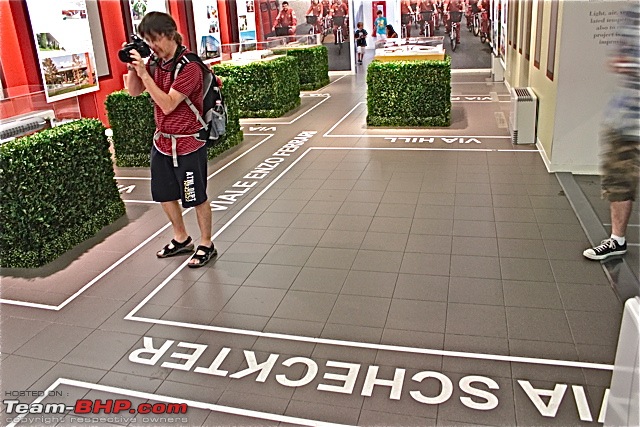

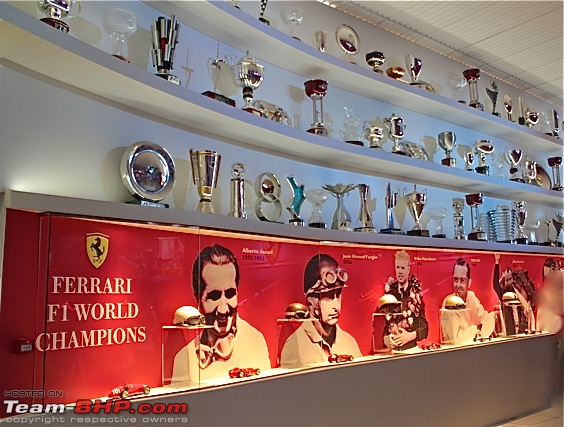
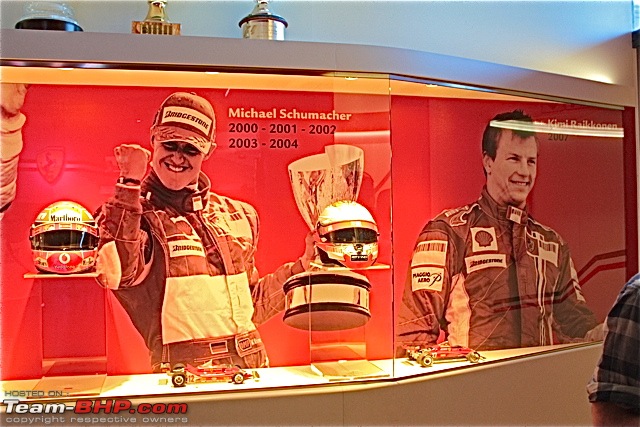

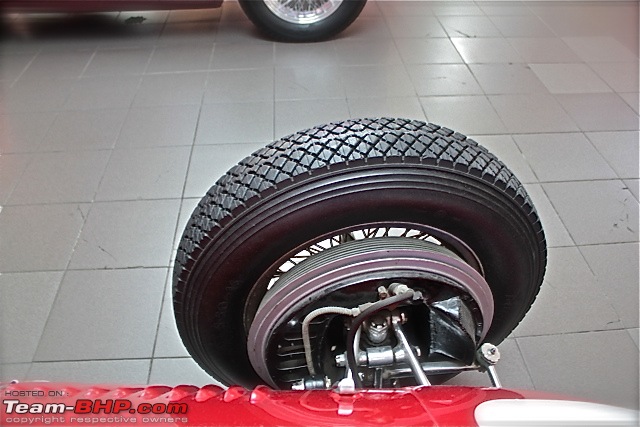




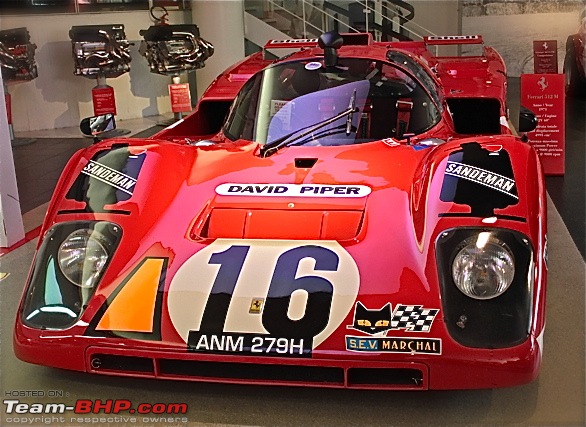



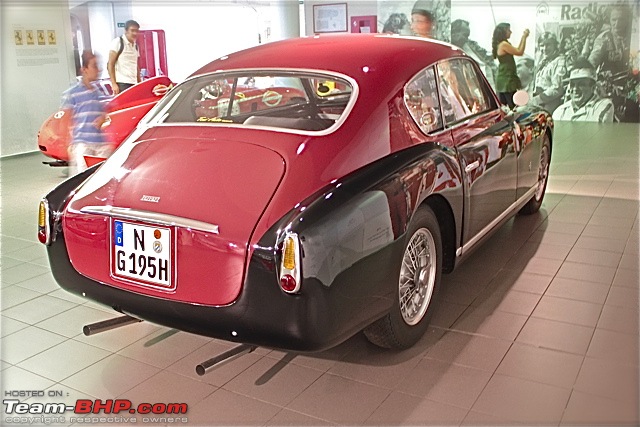












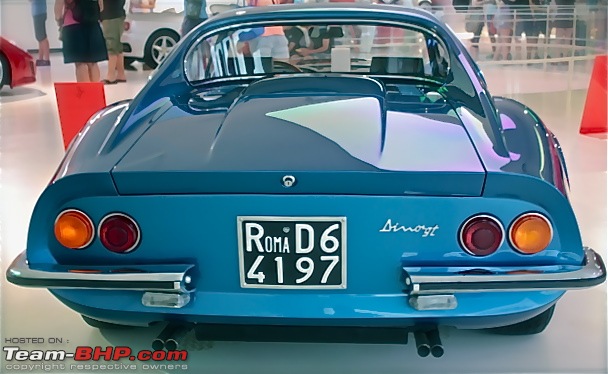






























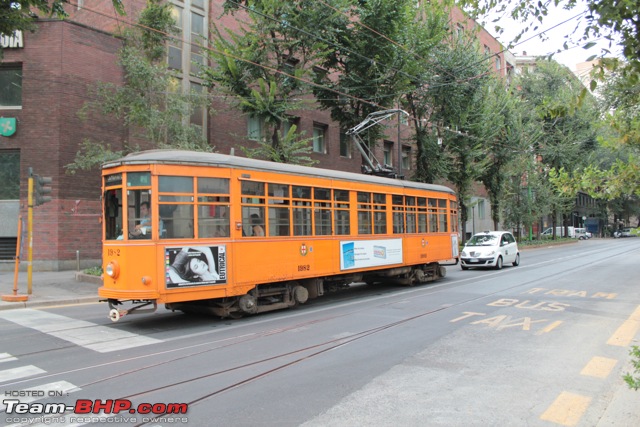















 It means- There's no red like the ferrari red, no lady/beauty like the italian bred.
It means- There's no red like the ferrari red, no lady/beauty like the italian bred. 